Dox Thrash (1893-1965)
He was born in Griffin, Georgia, on March 22, 1893. He was the second of four children in his family. Thrash left home at the age of fifteen in search of work up north. He was part of the Great Migration (African American) looking for industrial work in the North.
The first job that Thrash got was working with a circus and a Vaudeville act. Three years later, he moved to Chicago, a town that was opening its mind to Black artists. He got a job as an elevator operator during the day, and used this source of income to attend the School of the Art Institute of Chicago at night.
When Dox was 26, he joined the army and fought in World War 1. He was placed in the 365th Infantry Regiment, 183rd Brigade, 92nd Division, also known as the Buffalo Soldiers. During combat, Thrash suffered shell shock and a gas attack, but was not permanently injured.
Dox finished his education and worked odd jobs, moving from place to place and struggling to support himself. In 1925, he settled himself in Philadelphia and took a job working as a janitor. In his free time, he continued his art and used his talent to create a poster for the 2nd Annual National Negro Music Festival. This gained him local recognition and opened doors for new artistic endeavors. He became active in the Tra Club of Philadelphia, giving his work a wider audience.
Thrash is most widely known for his work on the Federal Art Project from 1936 to 1939. While working on this project, he invented the process of carborundum mezzotint, a printmaking technique. Carborundum printmaking uses a carbon-based abrasive to burnish copper plates creating an image that can produce a print in tones ranging from pale gray to deep black. The method is similar to the more difficult and complicated mezzotint process developed in the 17th century. He used this as his primary medium for much of his career and created his greatest works with it.
Thrash spent the later years of his life mentoring young African American artists. He died in 1965 and was posthumously honored almost 40 years later in Philadelphia with a show called, “Dox Thrash: An African-American Master Printmaker Rediscovered”. He is best known for his realistic depiction of African American life in the 20th century.
Bio courtesy of www.wikipedia.com. Link to full bio: https://en.wikipedia.org/wiki/Dox_Thrash
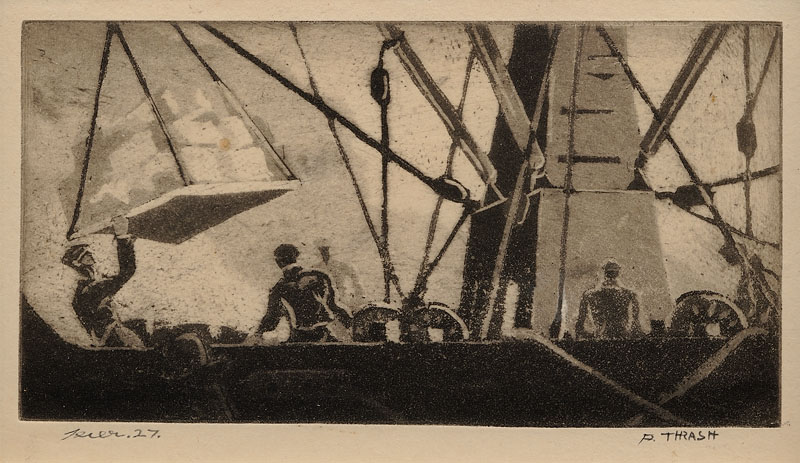
Pier 27
Carborundum mezzotint
2 3/4X5 1/4 inches
1937
Signed
Photo credit: John Wilson White Studio
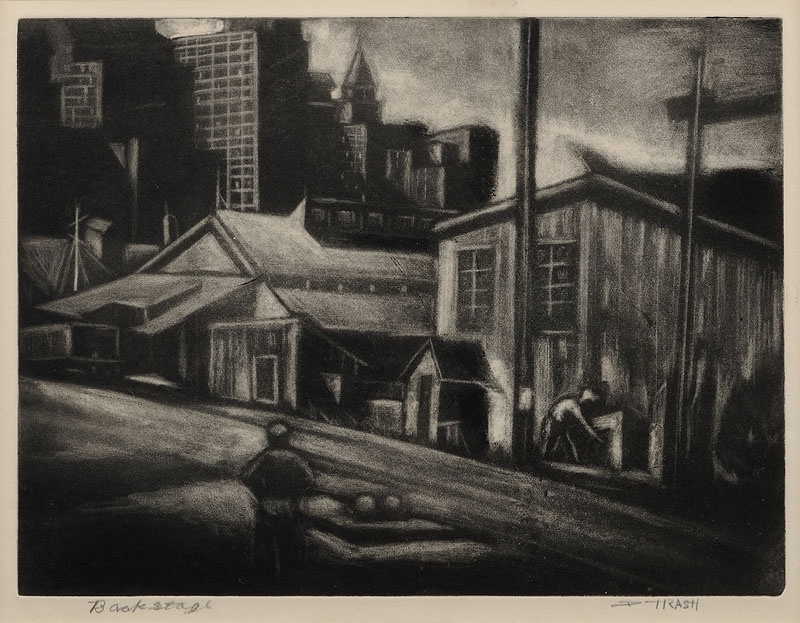
Back Stage
Carborundum mezzotint
7 1/2x9 1/2 inches
c. 1942
Signed and titled
Photo credit: John Wilson White Studio

Nursery Rhyme
Lithograph
7 1/2x5 5/8 inches
1938
Signed and titled
Photo credit: John Wilson White Studio
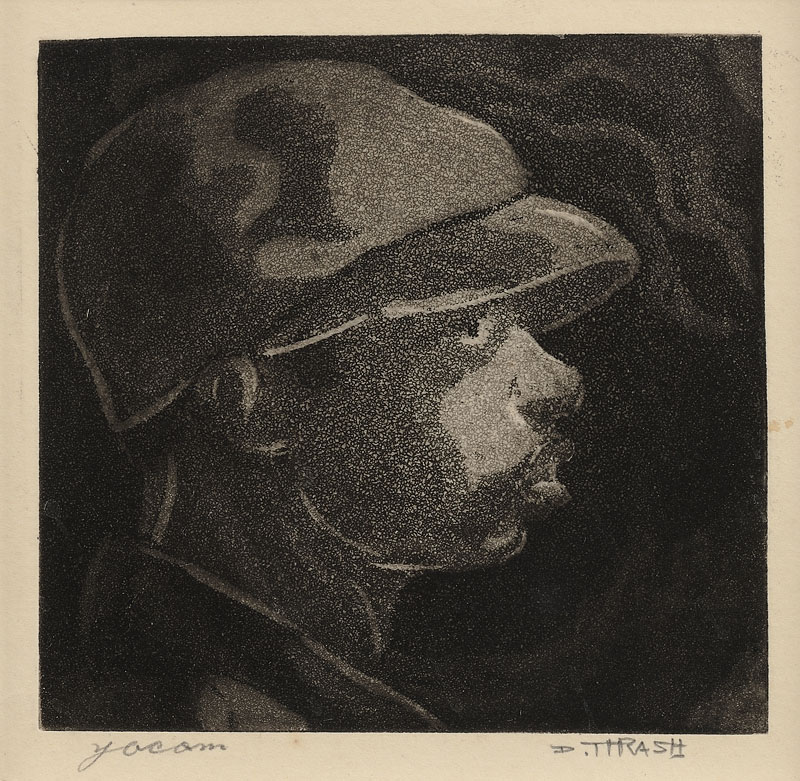
Yacom
Carborundum mezzotint
7 1/2x5 5/8 inches
1938
Signed and titled
Photo credit: John Wilson White Studio

Charlotte
Carborundum Mezzotint
9x7 inches
1938
Signed and titled
Photo credit: John Wilson White Studio
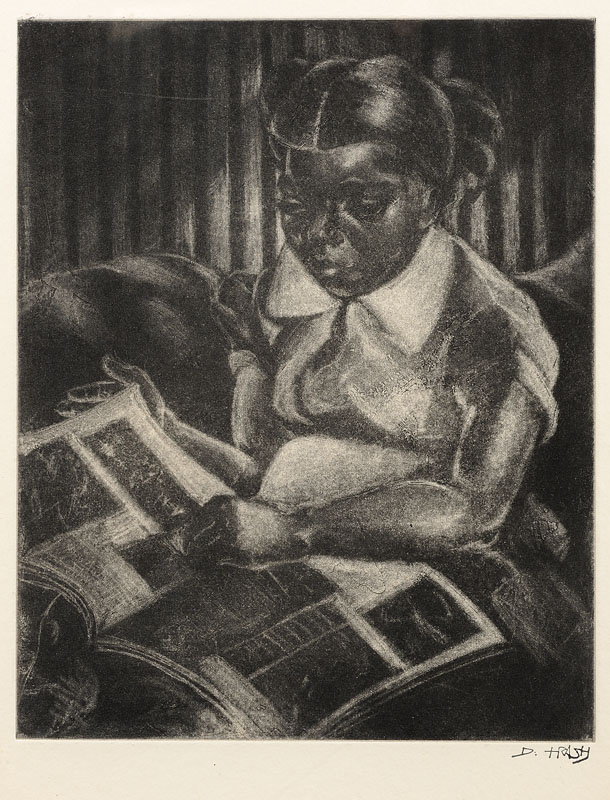
Life
Carborundum Mezzotint
11x8 3/4 inches
c. 1940s
Signed
Photo credit: John Wilson White Studio

Intermission
Carborundum mezzotint
9x6 inches
Year unknown
Signed
Photo credit: John Wilson White Studio
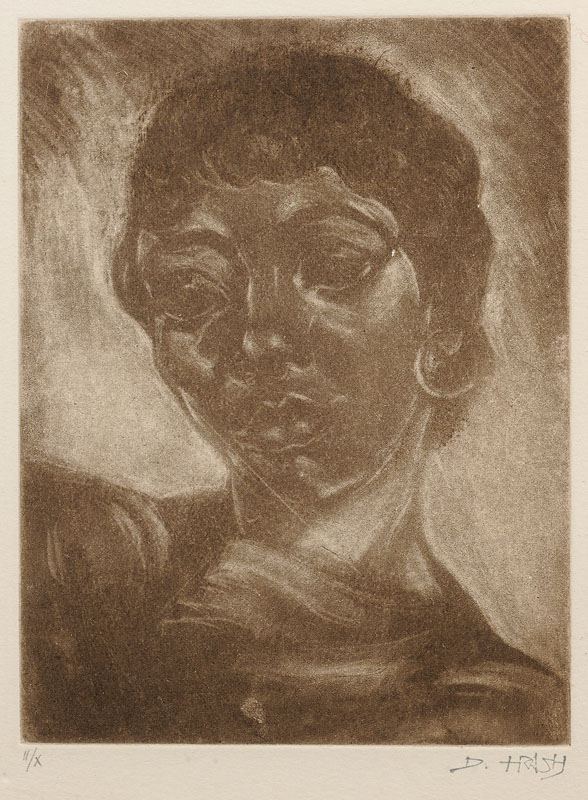
Anna Before 1942
Carborundum mezzotint
7 1/2x5 5/8 inches
c. 1942
Signed and numbered
Photo credit: John Wilson White Studio
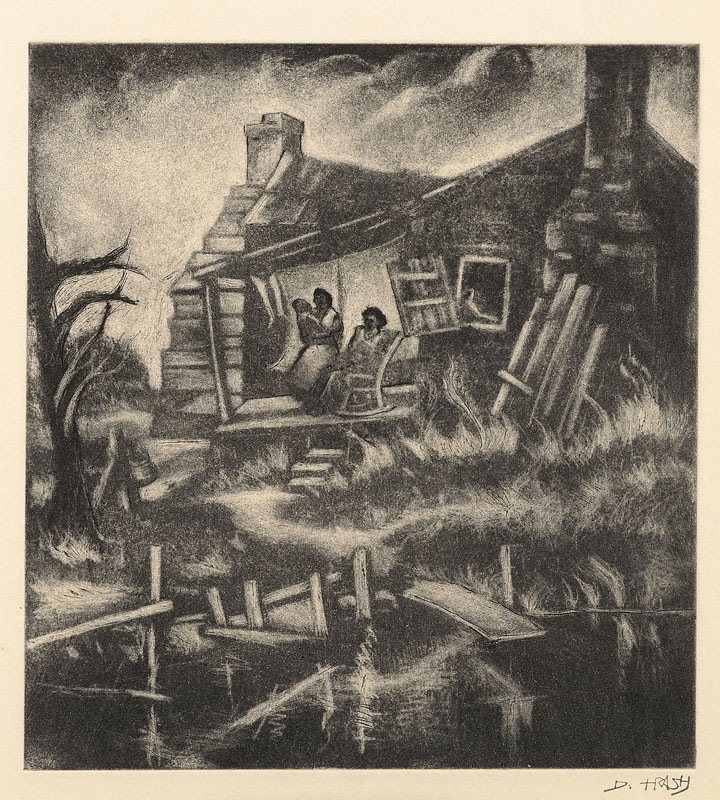
Cabin Days
Carborundum mezzotint
4 3/8x4 1/2 inches
Year unknown
Signed
Photo credit: John Wilson White Studio
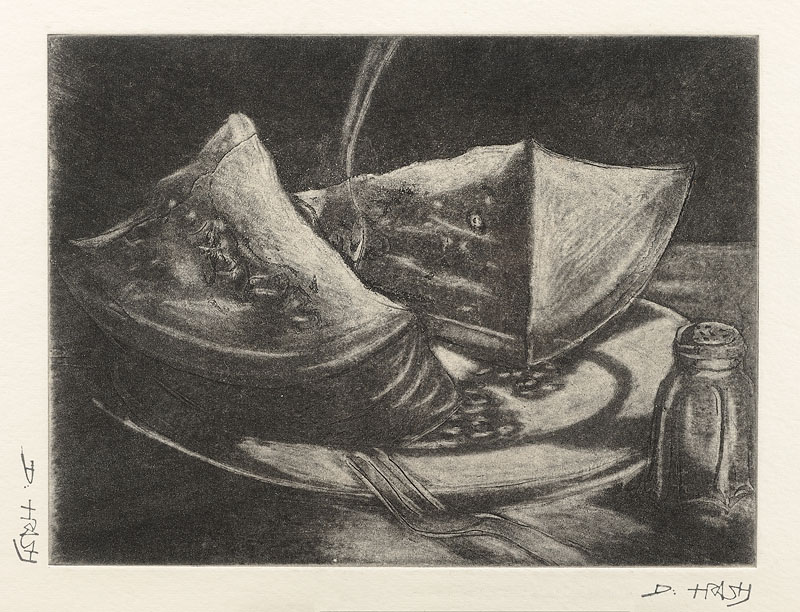
Still Life #1
Carborundum mezzotint
1938
Signed
Photo credit: John Wilson White Studio